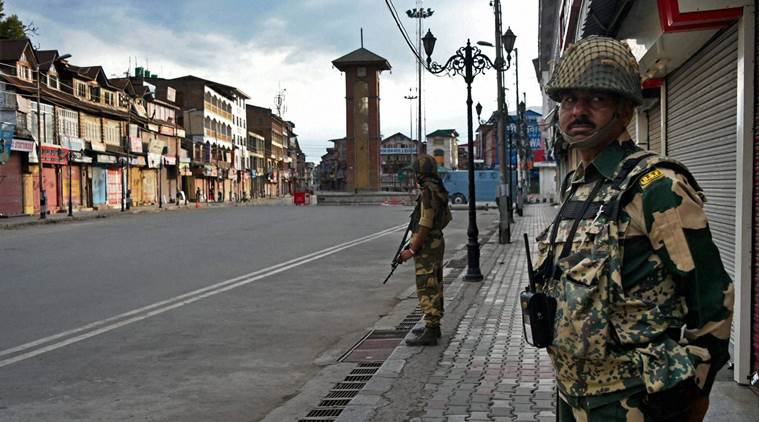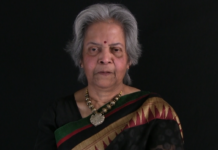By Sheikh Qayoom
Srinagar– Rajnath, 72, a retired school headmaster, continues to live in his ancestral home in north Kashmir’s Manigam village. The turmoil of the 1990s saw most members of his minority Kashmiri Pandit community leave the village, but Rajnath stayed back in the village he was born in, with his wife and daughter.

Rajnath, a Hindu, has tremendous faith in the goodwill of his Muslim neighbours, most of whose present generation in the village have been his students. Local Muslims helped Rajnath’s daughter get a teacher’s job in a private school. They have been the biggest support not only for Rajnath, but also for over 3,000 Kashmiri Pandits who continue to live among their Muslim neighbours in the Valley — much against the established narrative that all Pandits had fled because of persecution in the Muslim-dominated region.
Only two months back, local Muslims not only carried the body of an elderly local Pandit to the cremation ground in Srinagar city, but also ensured that all Hindu rites for the departed were performed in accordance with the customs of the family. Womenfolk in the neighbourhood mourned the death like one of their own. Muslim neighbours arranged food and other requirements for the bereaved family since no Pandit household cooks food during the mourning period.
Rajnath is sad for those fellow local Pandits who left their homes and lands behind while migrating out of the Valley during the turbulent 1990s. He also harbours a strong grouse against the government.
While his daughter teaches at a private school, the wages are too meagre to support her family. She has a four-year old daughter and a husband working as a wireless operator in the police telecommunication wing. She has a masters degree in sociology and for five years she has been running from pillar to post for a government job, but to no avail.
“Her husband has now started pressing my daughter to seek a job outside the Valley and, if that happens, I and my wife would be left behind,” the father said with moist eyes.
“While ordering relief packages and employment offers to the migrant Pandits for their return to the Valley, the government has completely ignored those members of our community who chose to stay back,” he said.
Unfortunately, the story of traditional amity and brotherhood between different communities in the Valley are lost in the negative narratives of violence and hatred that Kashmir has faced in the last three decades.
An ancient temple site in Sumbal area of Bandipora district was last year cleaned and spruced up for Pandit pilgrims by local Muslims. The holiest Hindu temple shrine of Mata Kheer Bhawani in Tulamulla village of north Kashmir’s Ganderbal district continues to receive thousands of devotee Pandit pilgrims each year on the annual festival. The festival is held towards the end of the spring season.
Despite migration, thousands of Kashmiri Pandits continue to come to pray at the Mata’s shrine in Tulamulla and the centuries-old tradition of local Muslims bearing earthen pots filled with milk to receive the pilgrims has not been affected by the winds of violence sweeping the Valley.
One of the holiest places for immersion of ashes for the local Pandits is the Gangabal lake situated at the foothills of the Harmukh peak in the Kashmir Himalayas. After remaining suspended for some years, Kashmiri Pandits have resumed the tradition in the last four years.
Local Muslims have historically worked as guides and load carriers for the Pandit families during the uphill trek to this mountain lake. Even today, local Muslims continue to discharge this duty for the Pandit devotees visiting the lake.
“I have never felt any difference in the warmth and affection the local Muslims have shown towards our family since my childhood when I visited the Kheer Bhawani temple with my parents.
“After my family migrated to Jammu. I have been visiting the temple shrine each year since 1990. Local Muslims have the same warmth and affection when I visit the shrine now as a middle aged devotee,” Ashok Koul, 56, a bank employee, told IANS.
While attacks by misguided militants get front-page coverage in newspapers and as breaking news on TV, the aspect of Kashmir showing the communal harmony and brotherhood among ordinary Muslims and Hindu Pandits gets scant attention. Good news, alas, doesn’t make news any more for the sensation-seeking media of today. (IANS)















